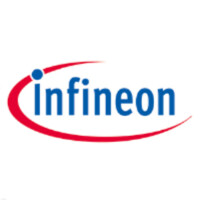
Tokyo Electron US
Since its founding in 1963, TEL has grown to encompass many offices around the world that engineer, manufacture, sell, and service wafer-processing or semiconductor production equipment (SPE), as well as flat panel display (FPD) and thin-film silicon photovoltaic equipment (PVE). As the world market share leader in several product lines, TEL plays a key role in the evolving global semiconductor industry. Follow us on Twitter @TokyoElectronUS






